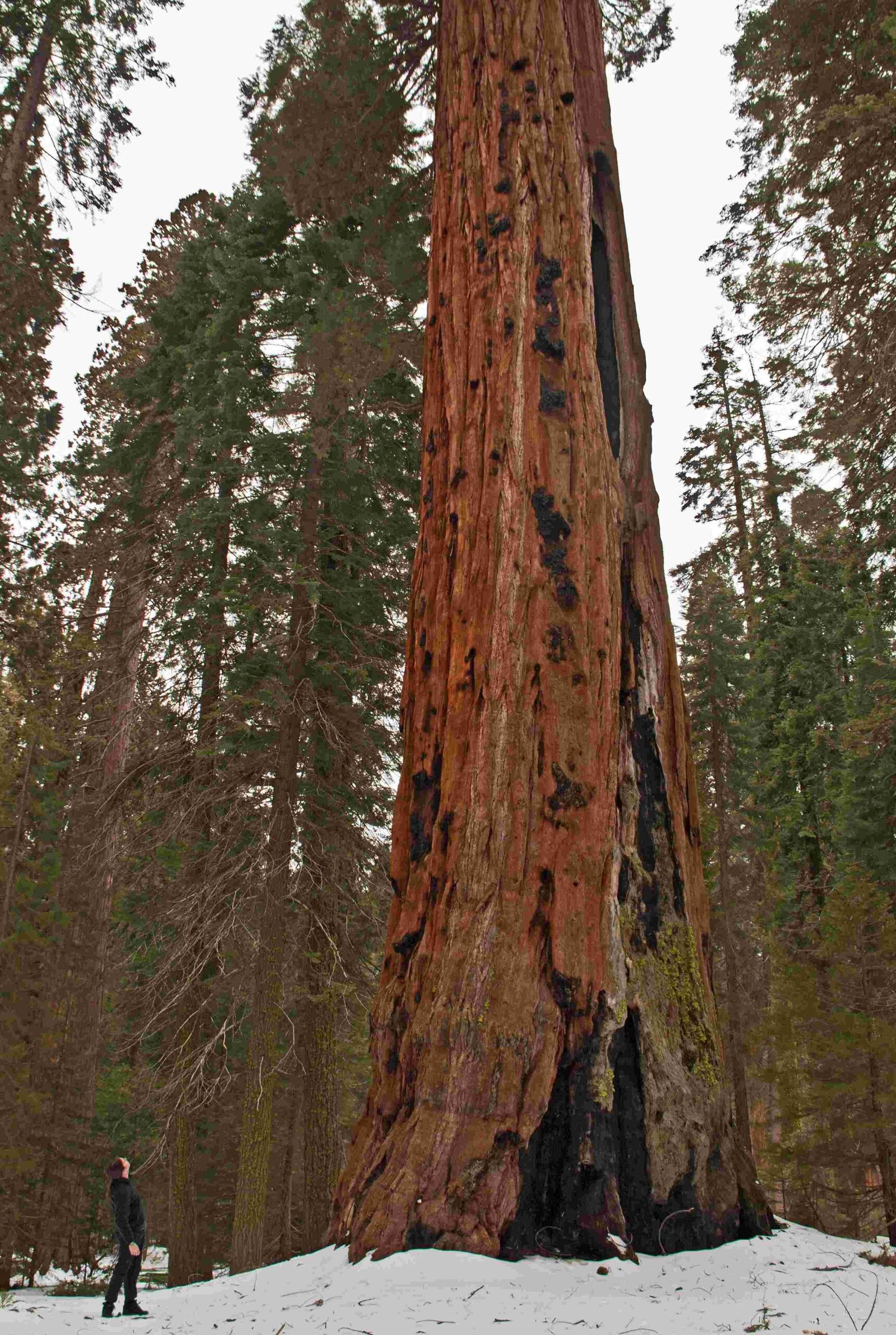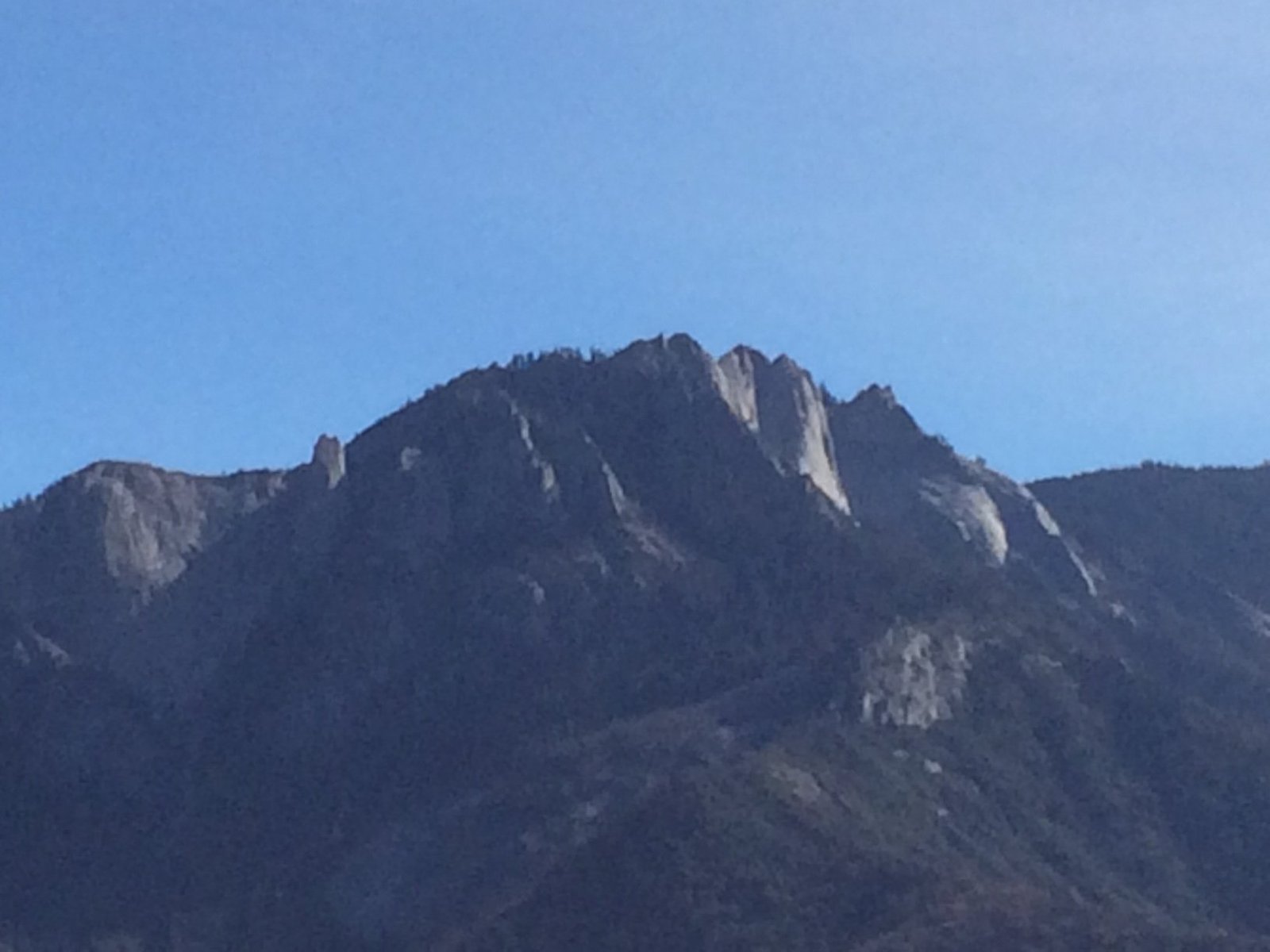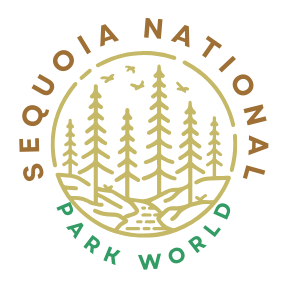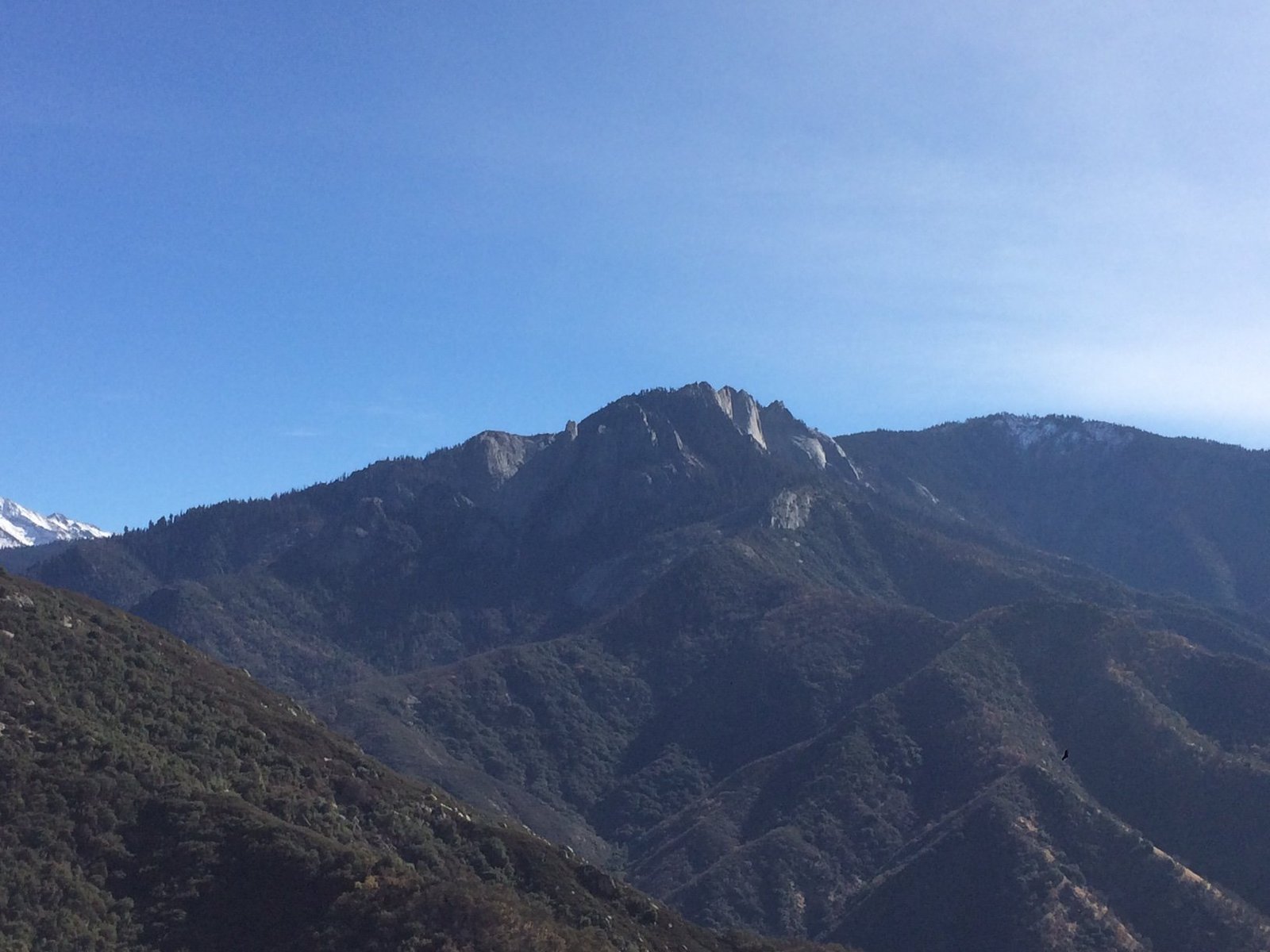Sequoia National Park articles provide essential information for visitors planning their trip to this majestic natural wonder. From detailed trail descriptions and camping guidelines to fascinating facts about giant sequoias, these articles offer valuable insights for nature enthusiasts and adventure seekers. This comprehensive guide covers popular hiking trails, park amenities, camping options, and in-depth information about the park’s iconic giant sequoias.
What Are the Most Popular Trails in Sequoia National Park?

Sequoia National Park offers a variety of trails suitable for different skill levels and interests. Here are some of the most popular trails:
- General Sherman Tree Trail
- Distance: 0.25 miles roundtrip
- Difficulty: Easy
-
Highlights: The world’s largest living organism by volume
-
Congress Trail
- Distance: 2.7 miles
- Difficulty: Easy to Moderate
-
Highlights: Giant Forest Grove, House and Senate groups of sequoias
-
Tokopah Falls Trail
- Distance: 4.2 miles roundtrip
- Difficulty: Easy to Moderate
-
Highlights: 1,200-foot Tokopah Falls, scenic valley views
-
Moro Rock Trail
- Distance: Part of a 4.6-mile loop
- Difficulty: Moderate
-
Highlights: Panoramic views from granite dome, Roosevelt Tree
-
Alta Peak Trail
- Distance: 14 miles roundtrip
- Difficulty: Strenuous
- Highlights: Views of Great Western Divide and High Sierra
What Amenities and Facilities Are Available in the Park?

Sequoia National Park offers various amenities and facilities to enhance visitors’ experiences:
- Restrooms and water sources at trailheads, campgrounds, and visitor centers
- Parking areas near major attractions with shuttle services during peak seasons
- Handicap accessible trails (General Sherman Tree Trail and Big Trees Trail)
- Visitor centers with informational exhibits and educational programs
- Lodges, restaurants, and snack bars within the park
How Can I Plan My Camping Trip in Sequoia National Park?
Planning a camping trip in Sequoia National Park involves several considerations:
- Reservations
- Make reservations through the park’s website or recreation.gov
-
Book in advance, especially during peak season
-
Campsite Types
- Tent and RV campsites available at various locations
-
Some campgrounds open year-round, others seasonal
-
Amenities
- Fire pits and picnic tables at most sites
-
Some campgrounds offer flush toilets and potable water
-
Regulations
- Campfires allowed in designated pits (restrictions may apply)
- Proper food and trash storage required to protect wildlife
What Makes the Giant Sequoias in Sequoia National Park Unique?
The giant sequoias in Sequoia National Park are remarkable for several reasons:
- Species: Primarily Sequoiadendron giganteum
- Size: Heights up to 250 feet, diameters up to 30 feet
- Age: Among the oldest living organisms on Earth
- Notable Trees:
- General Sherman Tree: Largest living organism by volume
- President Tree: One of the largest in the park
-
McKinley Tree: Known for impressive size and age
-
Best Viewing Locations:
- Giant Forest Grove
- Congress Trail
- Big Trees Trail
What Are the Must-See Attractions in Sequoia National Park?
Sequoia National Park boasts numerous attractions that visitors shouldn’t miss:
- General Sherman Tree
- Giant Forest Museum
- Moro Rock
- Crescent Meadow
- Tunnel Log
- Crystal Cave (seasonal tours available)
- Tokopah Falls
- Big Trees Trail
- Congress Trail
- Alta Peak (for experienced hikers)
How Can I Prepare for My Visit to Sequoia National Park?
To make the most of your visit to Sequoia National Park, consider these preparation tips:
- Check weather conditions and pack appropriate clothing
- Bring plenty of water and snacks
- Wear sturdy hiking shoes
- Carry a map and compass (or GPS device)
- Familiarize yourself with park regulations and safety guidelines
- Make reservations for camping or lodging in advance
- Plan your itinerary based on your fitness level and interests
- Consider visiting during off-peak seasons for fewer crowds
What Wildlife Can I Expect to See in Sequoia National Park?
Sequoia National Park is home to diverse wildlife, including:
- Black bears
- Mule deer
- Mountain lions (rarely seen)
- Bobcats
- Various bird species (e.g., Steller’s jay, white-headed woodpecker)
- Marmots
- Squirrels and chipmunks
Remember to observe wildlife from a safe distance and never feed animals in the park.
How Can I Contribute to Conservation Efforts in Sequoia National Park?
Visitors can support conservation efforts in Sequoia National Park by:
- Following Leave No Trace principles
- Staying on designated trails
- Properly disposing of waste
- Supporting park programs and initiatives
- Volunteering for park projects
- Educating others about the importance of preserving natural habitats
By being responsible visitors and advocates for conservation, we can help protect Sequoia National Park for future generations to enjoy.

